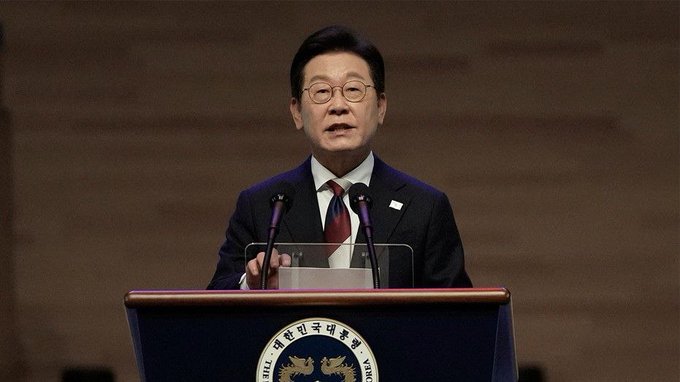On August 15, 2025, South Korean President Lee Jae-myung announced a major diplomatic initiative to restore a military agreement with North Korea, signaling a renewed effort to ease tensions and rebuild trust between the two Koreas. This move comes amid escalating geopolitical challenges in the region, including North Korea’s advancing nuclear ambitions and its strengthened alliance with Russia.
Background: The 2018 Inter-Korean Military Pact
The agreement President Lee seeks to revive is the September 19, 2018, inter-Korean military pact, originally forged during a period of cautious optimism under former South Korean President Moon Jae-in. This pact aimed to reduce the risk of accidental military clashes along the Demilitarized Zone (DMZ), establishing buffer zones on land and at sea, imposing no-fly zones above the border, ending certain military drills near the boundary, and removing some guard posts. The pact was intended to lay the groundwork for peace and dialogue between Seoul and Pyongyang.
Breakdown and Suspension
The pact unraveled in recent years, suspended by the conservative administration of former President Yoon Suk-yeol in 2024 following provocations by North Korea, including balloon launches into South Korean territory and resumption of military activities along the border. North Korea also declared its intention to no longer abide by the pact, leading to heightened cross-border hostilities.
Lee Jae-myung’s Vision for Restoring Trust
President Lee’s approach focuses on gradual, proactive steps to rebuild military trust and avoid accidental clashes. In a speech marking the 80th anniversary of Korea’s liberation from Japanese colonial rule, Lee called on North Korea to reciprocate efforts to restore the pact and resume dialogue. He emphasized respect for North Korea’s political system, making clear that South Korea does not seek unification by force or absorption—an important gesture aimed at reducing fears and fostering cooperation.
Broader Regional Context
Lee also addressed regional dynamics, urging North Korea to engage in denuclearization talks alongside the United States and other international partners. Acknowledging the difficulty of achieving complete denuclearization, he stressed dialogue and cooperation as pathways to peace. North Korea, however, remains firm in its nuclear stance, viewing its arsenal as essential for survival.
Additionally, Lee has taken measures to de-escalate tensions by halting propaganda broadcasts into the North and removing loudspeakers previously used for psychological operations along the border. However, North Korea’s response has been cautious and dismissive, maintaining accusations of South Korean hostility tied to joint U.S.-South Korea military exercises.
Diplomatic Outreach Beyond the Peninsula
Lee’s diplomatic vision includes improving ties with neighboring countries, particularly Japan. He called for Japan to confront its colonial past while seeking a future-oriented partnership. Upcoming summits with Japanese and American leaders aim to address trade, defense, and regional security concerns, further showcasing South Korea’s commitment to stable regional relations.
Conclusion: A Pivotal Moment for Inter-Korean Relations
The restoration of the 2018 inter-Korean military agreement could mark a pivotal moment in easing military tensions and fostering peace on the Korean Peninsula. Despite skepticism given historical hostilities and geopolitical complexities, President Lee’s efforts demonstrate a commitment to dialogue, trust-building, and peaceful coexistence. This move offers cautious hope for a more stable and peaceful future in Northeast Asia as regional and global actors watch closely.

